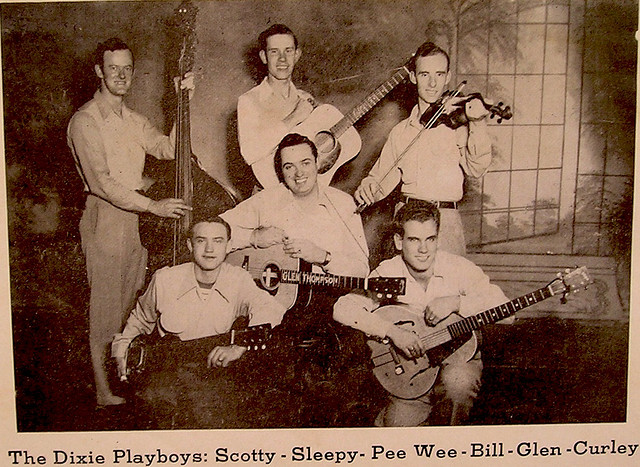The television show, “Jack and Bobby” did a good job, in its pilot episode, of pointing out a funny thing about people in general and Americans in particular. We love iconic images, pictures that allow us to tell the stories we want to hear. In the show, a photo of the future President becomes hugely popular as a descriptor of his fight, character and responsibility. But as the show tells us, he was actually an asthmatic stopping to catch his breath.
They say a picture is worth a thousand words. Maybe so. The problem and the question is this: are those 1000 words true?
This week, there has been all sorts of discussion about the, “historic,” picture of the White House national security team following the raid on Osama Bin Laden. Discussions about the picture have ranged from questions about Hillary Clinton’s emotionalism to whether Obama seemed in command or not to gratefulness and basic thankfulness that a national security photo even included an African American and a woman. It’s as if people are forgetting that even before the picture, we already had a black president and a female secretary of state.
The thing that bugs me is how desperately people want to have iconic images divorced of context. Frankly, Obama looks really awkward in the picture and Clinton really does look overly emotional. The truth is that Obama is an incredibly graceful and physically confident man, but in this shot he had just come onto the scene and was sitting awkwardly. Clinton has shown plenty of moxie and no unnecessary emotionalism in her career, and in this picture she was merely supressing a cough. Why are we even having this conversation?
Whether it’s pictures of Kennedy leaning on his desk because of the burden of responsibility (actually he had a bad back), an iconic photo of a slain Civil War sniper (set up by a photographer), or talk of inherent chauvinism in a national security photo, we need to be careful that our use of pictures to tell stories doesn’t become the story, because it is all too easy for a picture divorced of context to tell a lie.










